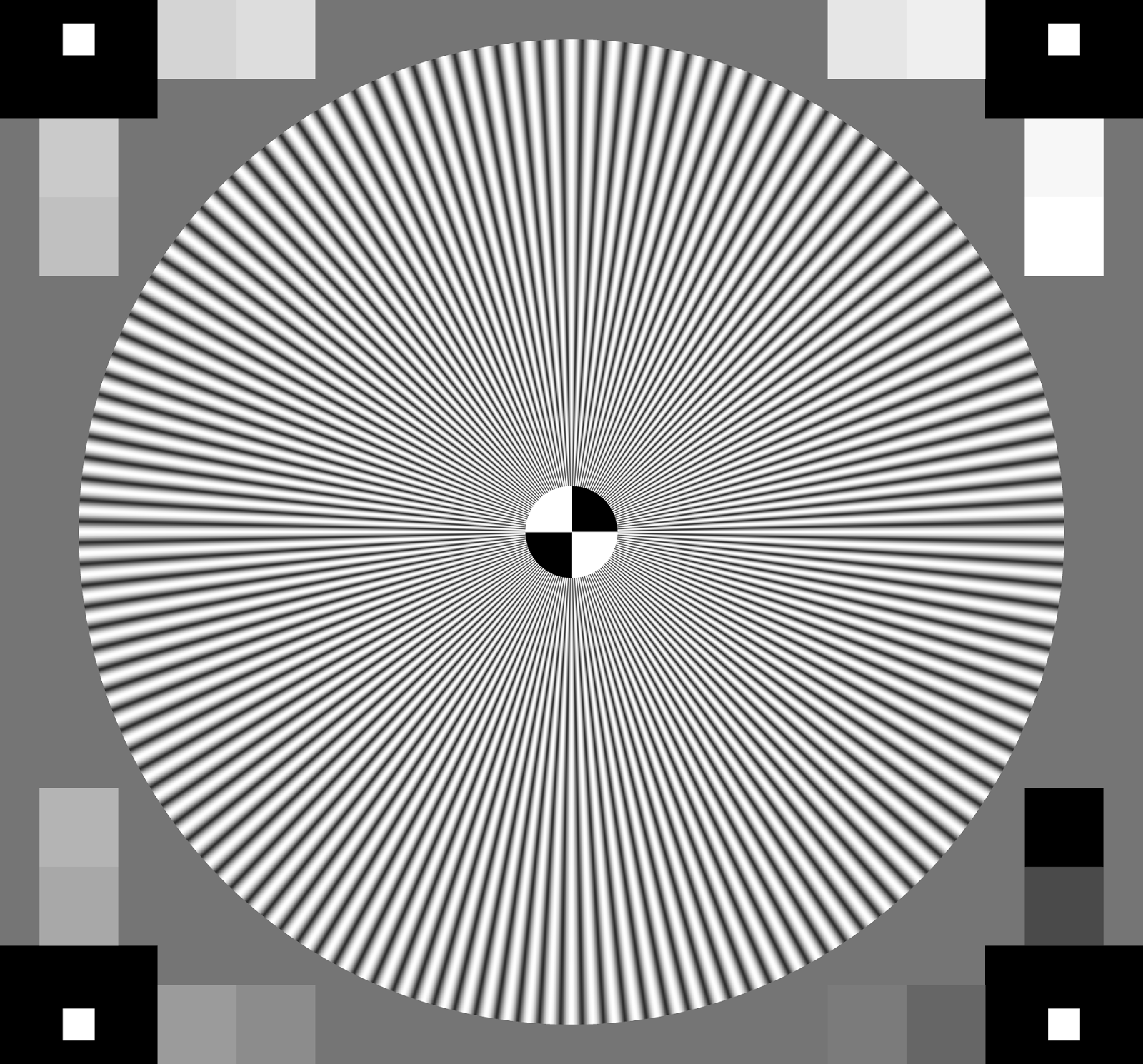
It’s good to know that some extensive force need to be applied. Thank you very much for sharing very important details on how to further disassemble lens! I’ll gladly add them to the article. Mine isn’t perfect at infinity (focus is actually at ~300m instead of infinity), but I’m hesitant to make changes. I’m not sure how to do infinity adjustment without messing up part of the optical calibration. This is where my lubricant spots were located and I could clean the dirty lens group. Once taken off, the rest of the assembly opens up.

That brass ring turns independently of the rest of the lens. To continue the disassembly at the point where you stopped, put a pin in one of the holes (marked #1 at a later part) under which the thread is visible and start turning. I agree that the allen bolts #4 are probably for optical adjustments. Taking apart the aperture and reassembling is time-consuming, but doable. If disassembled, it’s not too difficult to reassemble. The flat-head bolts mentioned as #3 keep the bottom part of the aperture in place. Some info that you can add to this guide:

YouTube doesn’t have anything on this lens. Thanks for creating this guide! I had some tiny lubricant spots inside and this write-up helped me on my way. When it comes to cameras/lenses (and other devices!) I’m old enough to have learnt it’s best to let the problem manifest itself, rather than trying to find it! Of course when so many folks on the ‘net make claims such as “best 50mm ever made and the most perfect 50” there’s always a degree of disappointment when the images aren’t always the best and most perfect!! 😀īut there’s no free lunch so I think to get A grade images from the Lux means you need to bring your A game when using it The T-Stop on the ‘Lux is also very high, which means that one must pay extra special attention to the exposure

These things do make it a bit of a lottery when using a rangefinder for anything other than dead centre compositions. The ‘Lux is quite a fickle beast IMHO, the plane of focus is not flat (like on a summicron or planar), there’s the famous ‘midzone dip’ as well. I don’t really really see any problems in normal usage, nor comparing sample images I see online to my own.


 0 kommentar(er)
0 kommentar(er)
